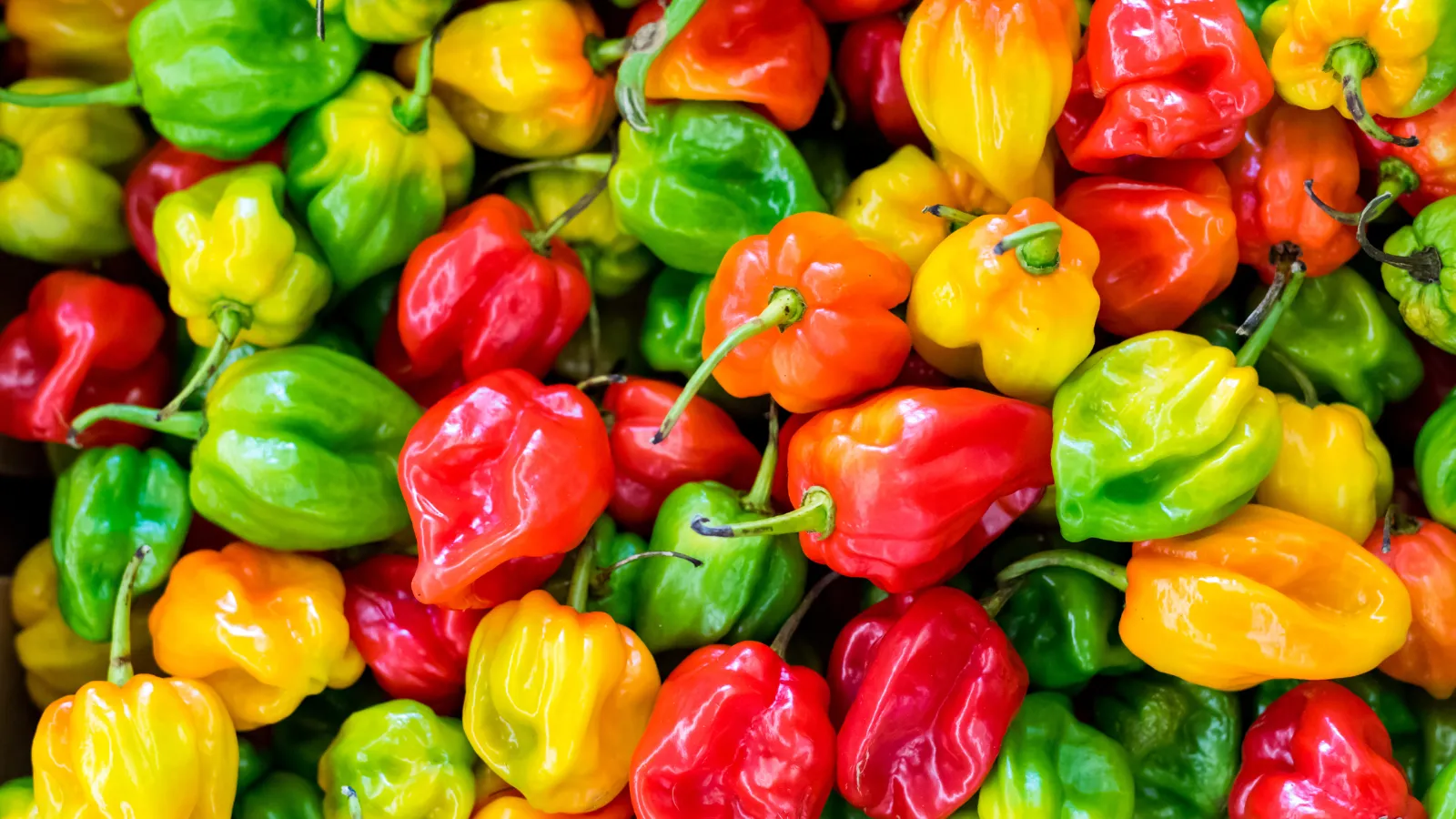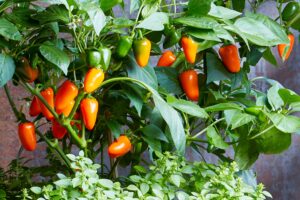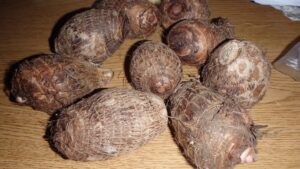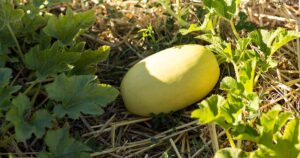How to Grow Habanero Peppers: A Complete Guide
Are you looking to add some serious heat to your culinary adventures? Growing your own habanero peppers might be the perfect project for you. With their distinctive fruity flavor and significant heat (measuring 100,000-350,000 Scoville Heat Units), habaneros have become increasingly popular in the US market, with demand growing approximately 5% annually according to recent agricultural reports.
This guide will walk you through everything you need to know about growing these fiery capsicums at home, whether you have a spacious garden, a small balcony with pots, or just a sunny windowsill indoors.
Understanding Habanero Peppers
Native to the Amazon basin, habaneros have found their way into cuisines worldwide and are particularly popular in Mexican, Caribbean, and certain Asian cooking styles. According to the USDA Agricultural Research Service, habaneros thrive in warm environments and are relatively hardy once established.
Popular Habanero Varieties
Before you start growing, you’ll want to decide which variety suits your needs:
| Variety | Heat Level (SHU) | Color When Ripe | Days to Maturity | Special Characteristics |
|---|---|---|---|---|
| Orange Habanero | 200,000-300,000 | Bright Orange | 90-100 days | Traditional, fruity flavor |
| Red Savina | 350,000-577,000 | Deep Red | 100-120 days | Former world’s hottest pepper |
| Chocolate Habanero | 300,000-425,000 | Brown/Chocolate | 95-110 days | Rich, smoky flavor |
| White Habanero | 100,000-300,000 | Pale Yellow/White | 85-100 days | Milder, citrusy notes |
| Caribbean Red | 300,000-445,000 | Vibrant Red | 90-100 days | Extremely hot, tropical flavor |
Growing Habaneros from Seed
Starting habaneros from seed requires patience but allows you to select from a wider variety of peppers than typically available as transplants at garden centers.

When to Start Seeds
Timing is crucial when growing habaneros, as they have a long growing season:
- For most US regions: Start seeds indoors 8-10 weeks before your last spring frost date
- Southern states: Can start as early as January or February
- Northern states: Typically start in March or April
According to the USDA Plant Hardiness Zone Map, habaneros grow best in zones 8-11 but can be grown as annuals in zones 4-7 with proper timing.
Seed Starting Process
Here’s how to give your habanero seeds the best start:
- Prepare your containers: Use seed-starting trays or small pots with drainage holes.
- Choose your medium: Use a sterile seed-starting mix (not garden soil).
- Plant seeds: Place seeds ¼ inch deep and cover lightly with soil.
- Provide warmth: Habanero seeds germinate best at 80-90°F (27-32°C). Use a heat mat if your home is cooler.
- Maintain moisture: Keep soil consistently moist but not waterlogged.
- Light requirements: Once sprouted (7-21 days), provide 14-16 hours of light daily using grow lights or a very sunny window.
Transplanting Seedlings
Once your seedlings have developed 2-3 sets of true leaves and all danger of frost has passed:
- Harden off: Gradually expose plants to outdoor conditions over 7-10 days.
- Prepare soil: Amend garden soil with compost or use a high-quality potting mix for containers.
- Spacing: Plant habaneros 18-24 inches apart in rows spaced 24-36 inches apart.
- Planting depth: Set plants at the same depth they were growing in their containers.
Growing Habaneros in Garden Beds
Garden-grown habaneros can be incredibly productive when provided with optimal conditions.
Soil Requirements
Habaneros prefer:
- Well-draining, loamy soil
- pH between 6.0-6.8
- Rich in organic matter
- Warm soil temperature (at least 60°F/16°C)
As noted by the National Center for Home Food Preservation, proper soil preparation contributes significantly to pepper quality and heat level.
Sunlight and Temperature
For optimal growth, your habaneros need:
- Full sun (minimum 6 hours daily, preferably 8-10 hours)
- Daytime temperatures between 70-85°F (21-29°C)
- Nighttime temperatures above 60°F (16°C)
- Protection from strong winds
Watering and Fertilizing
Consistent care leads to healthy plants and abundant harvests:
- Watering: Provide 1-2 inches of water weekly, adjusting for rainfall. Water at soil level to avoid wetting foliage.
- Mulching: Apply 2-3 inches of organic mulch to retain moisture and suppress weeds.
- Fertilizing: Apply a balanced fertilizer (10-10-10) at planting time, then switch to a lower-nitrogen, higher-phosphorus formula (5-10-10) when flowering begins.
Common Garden Pests and Diseases
Watch for these common issues:
- Aphids: Treat with insecticidal soap or neem oil.
- Spider mites: Often occur during hot, dry weather. Increase humidity and use miticides if necessary.
- Bacterial spot: Avoid overhead watering and provide good air circulation.
- Blossom end rot: Caused by calcium deficiency, often due to irregular watering.
Growing Habaneros in Containers
Limited space? No problem! Habaneros actually perform exceptionally well in containers.
Choosing the Right Container
For successful container growth:
- Select containers at least 12 inches deep and 12-14 inches in diameter
- Ensure adequate drainage holes
- Consider 5-gallon buckets, ceramic pots, or fabric grow bags
- Dark-colored containers help maintain soil warmth
Container Soil Mix
Create an optimal growing environment with:
- High-quality potting mix (not garden soil)
- 20-30% perlite or vermiculite for drainage
- Compost (about 20%) for nutrients
- Consider adding a slow-release fertilizer at planting time
Container Care Specifics
Container-grown habaneros require slightly different care:
- Watering: Check soil moisture daily, as containers dry out faster than garden beds. Water when the top inch of soil feels dry.
- Feeding: Apply liquid fertilizer every 2-3 weeks, as nutrients leach more quickly from containers.
- Positioning: Move containers to optimize sunlight exposure as seasonal angles change.
- Winter care: In zones 9-11, perennial habaneros can be moved to protected areas during brief cold spells.
Growing Habaneros Indoors
Yes, you can grow habaneros entirely indoors with the right setup!

Light Requirements
The biggest challenge for indoor growing is providing adequate light:
- Position plants in your sunniest south-facing window
- Supplement with full-spectrum LED grow lights
- Provide 14-16 hours of light daily
- Keep lights 4-6 inches above plant tops, adjusting as plants grow
Indoor Growing Environment
Create optimal indoor conditions:
- Maintain temperatures between 70-80°F (21-27°C) during the day
- Provide good air circulation with a small fan
- Consider a humidity tray if your home air is very dry
- Hand-pollinate flowers by gently shaking plants or using a small paintbrush
Variety Selection for Indoor Growing
Some habanero varieties perform better indoors:
- Dwarf varieties like ‘Habanero Primo’ stay more compact
- ‘Habanero Bandai’ has a bushier growth habit
- ‘Habanero Red’ tends to fruit earlier and more reliably indoors
Harvesting and Using Your Habaneros
After all your hard work, it’s time to enjoy the fruits of your labor!
When and How to Harvest
For best results:
- Harvest when peppers have fully changed to their mature color
- Use scissors or pruning shears to cut peppers from the plant
- Wear gloves to protect your skin from capsaicin oils
- Harvest regularly to encourage continued production
Storing Fresh Habaneros
According to the FDA’s food safety guidelines, properly stored peppers maintain quality longer:
- Refrigerate unwashed peppers in a paper bag or perforated plastic bag
- Use within 1-2 weeks for best quality
- Avoid washing until ready to use
Preserving Your Harvest
When your plants are producing more than you can use fresh:
- Freezing: Wash, dry, and freeze whole or sliced peppers in freezer bags
- Drying: Use a dehydrator or oven on low heat until completely dry
- Pickling: Follow safe canning procedures from the National Center for Home Food Preservation
- Hot sauce: Create your own signature blends by fermenting or cooking with vinegar
Cooking with Habaneros
Handle with care in the kitchen:
- Always wear gloves when cutting or seeding
- Start with small amounts in recipes—you can always add more
- Remove seeds and membranes to reduce heat level
- Have dairy products on hand to counteract heat if needed
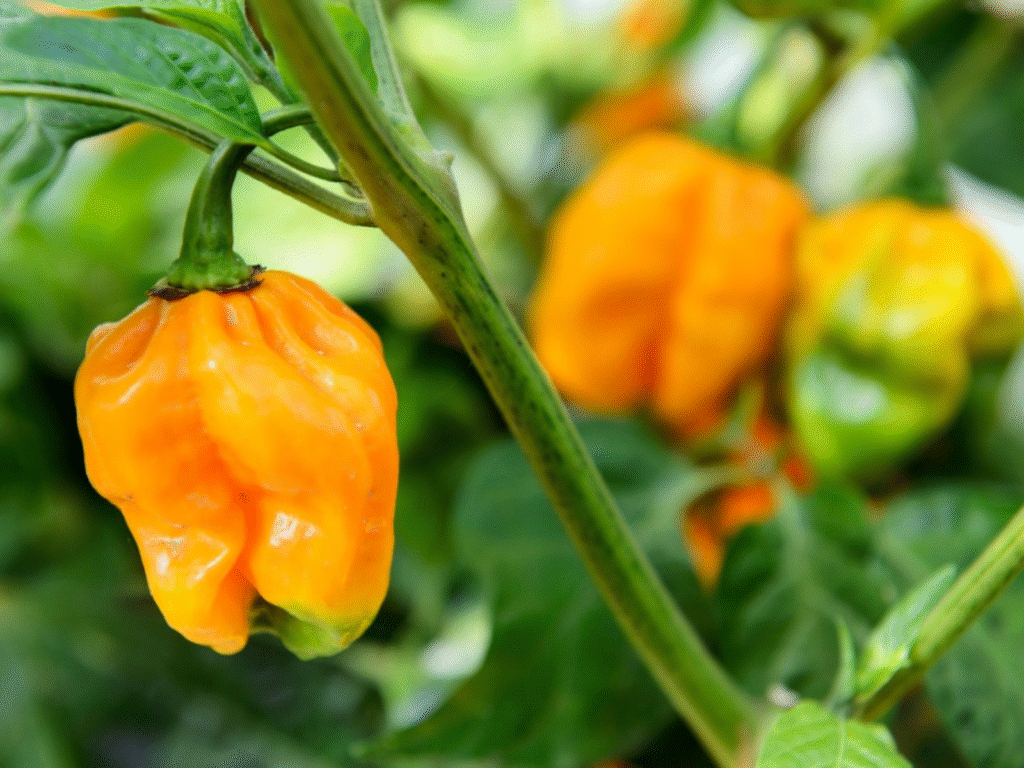
Troubleshooting Common Issues
Even experienced gardeners sometimes face challenges with habaneros.
Plants Not Producing Fruit
If your plants are healthy but not setting fruit, consider:
- Temperature extremes: Above 90°F (32°C) or below 60°F (16°C) can prevent fruit set
- Insufficient pollination: Hand-pollinate indoor or greenhouse plants
- Excessive nitrogen: Too much causes lush foliage at the expense of fruit
- Insufficient light: Move to a sunnier location or add supplemental lighting
Leaf Problems
Yellow or spotted leaves might indicate:
- Nutrient deficiencies: Yellow leaves may signal nitrogen or magnesium shortages
- Overwatering: Can lead to root issues and yellow leaves
- Sunscald: White or light brown patches on leaves exposed to intense sun
- Pests: Check undersides of leaves for insects
Conclusion
Growing habaneros can be immensely rewarding, whether you’re cultivating them in a spacious garden, on a small balcony, or right on your kitchen counter. With proper care and attention to their specific needs, you’ll be harvesting these flavorful, fiery peppers in no time.
Remember that habaneros, like many garden vegetables, improve with experience. Keep notes on what works in your specific growing environment, adjust as needed, and don’t be afraid to experiment with different varieties. Before long, you’ll be impressing friends and family with both your gardening skills and your homemade hot sauces!
